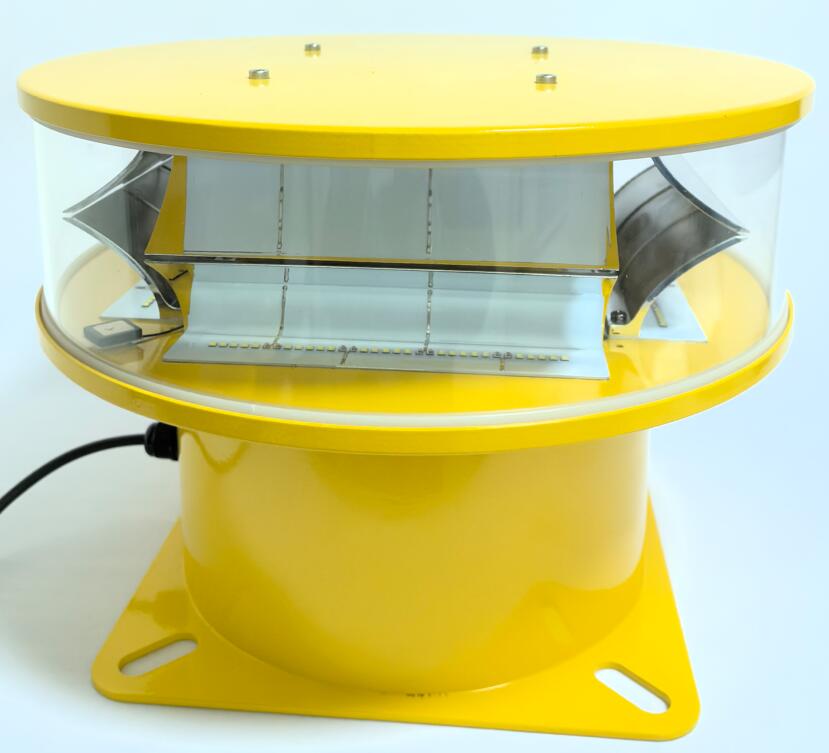As global infrastructure expands, the skies are becoming increasingly crowded with tall structures—wind turbines, skyscrapers, communication towers, and power lines—posing potential hazards to low-flying aircraft. To mitigate collision risks, high intensity obstacle lights serve as critical visual markers, ensuring that pilots can identify and avoid obstacles even in adverse conditions.
This article examines the role, technology, and evolving applications of high intensity obstacle lights, emphasizing their importance in modern aviation safety.
Why High Intensity Obstacle Lights Are Essential
Obstacle lighting systems are classified by intensity, with high intensity obstacle lights reserved for the tallest or most hazardous structures. Their primary purposes include:
Preventing Mid-Air Collisions – By emitting powerful, high-visibility flashes, these lights alert pilots to obstacles from long distances, reducing accident risks.

Compliance with Aviation Regulations – Authorities like the FAA and ICAO mandate their use on structures exceeding certain heights or located near flight paths.
Adaptability to Environmental Conditions – Whether in fog, heavy rain, or darkness, these lights remain clearly visible, ensuring uninterrupted safety.
Key Features of High Intensity Obstacle Lights
Modern high intensity obstacle lights incorporate advanced technologies to maximize effectiveness:
High-Brightness LEDs or Xenon Flashers – These provide intense, energy-efficient illumination with minimal maintenance.
high intensity obstacle lights
|
Automatic Intensity Adjustment – Sensors adjust brightness based on ambient light, optimizing visibility while conserving energy.
Redundancy and Reliability – Backup power systems and fail-safe mechanisms ensure continuous operation.
Synchronization for Clarity – In multi-light setups, synchronized flashing prevents confusion for pilots.
Where High Intensity Obstacle Lights Are Used
These lights are indispensable across multiple industries:
Wind Energy Farms – Tall wind turbines require high-intensity lighting to prevent collisions with aircraft, especially in rural areas.
high intensity obstacle light
|
Telecommunication Towers – Broadcast and cell towers, often located on elevated terrain, rely on these lights for visibility.
Urban High-Rise Buildings – Skyscrapers in busy cities must be marked to protect helicopters and low-altitude flights.
Bridges and Power Transmission Lines – Long-span structures pose risks to aviation and require reliable lighting solutions.
Innovations in High Intensity Obstacle Lighting
Recent advancements have enhanced performance and sustainability:
Solar-Powered Solutions – Ideal for remote locations, reducing reliance on electrical grids.
Smart Monitoring with IoT – Real-time diagnostics and remote control improve maintenance efficiency.
Radar-Activated Systems – Some lights activate only when aircraft approach, reducing light pollution.
High intensity obstacle lights are vital for maintaining aviation safety in an era of growing infrastructure. With ongoing technological improvements—such as smarter controls and renewable energy integration—these systems are becoming more efficient and eco-friendly.
As air traffic and construction continue to rise, the demand for reliable high intensity obstacle lights will only increase. Governments, engineers, and urban planners must prioritize their implementation to ensure safe skies for generations to come.

